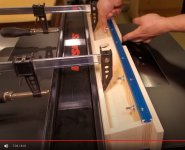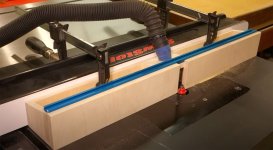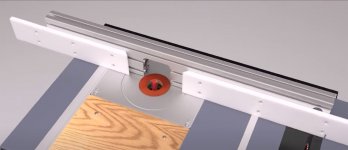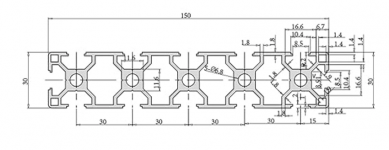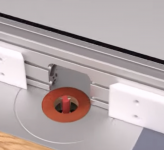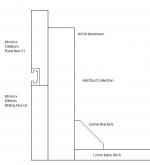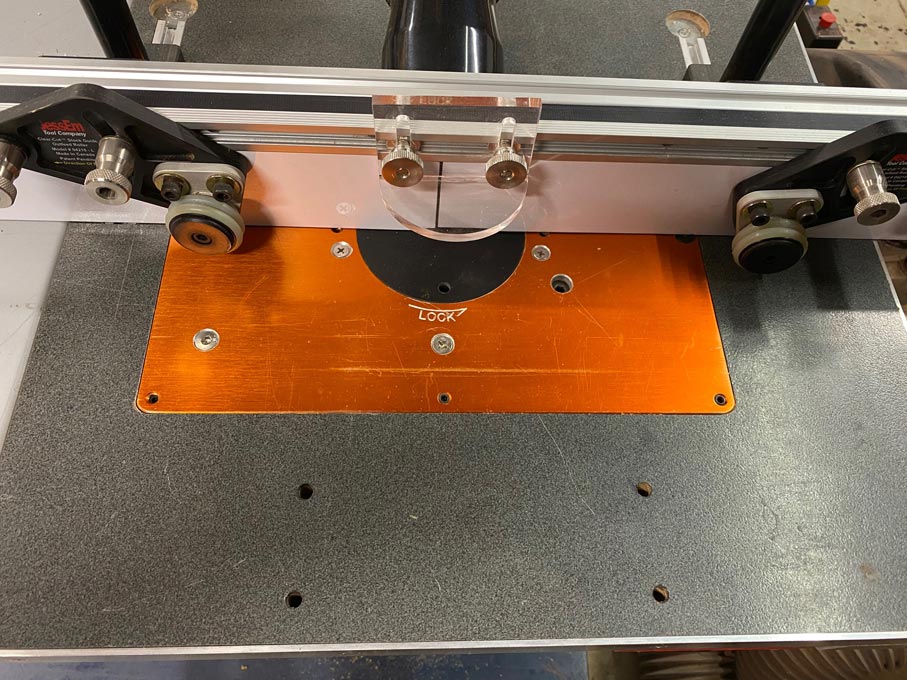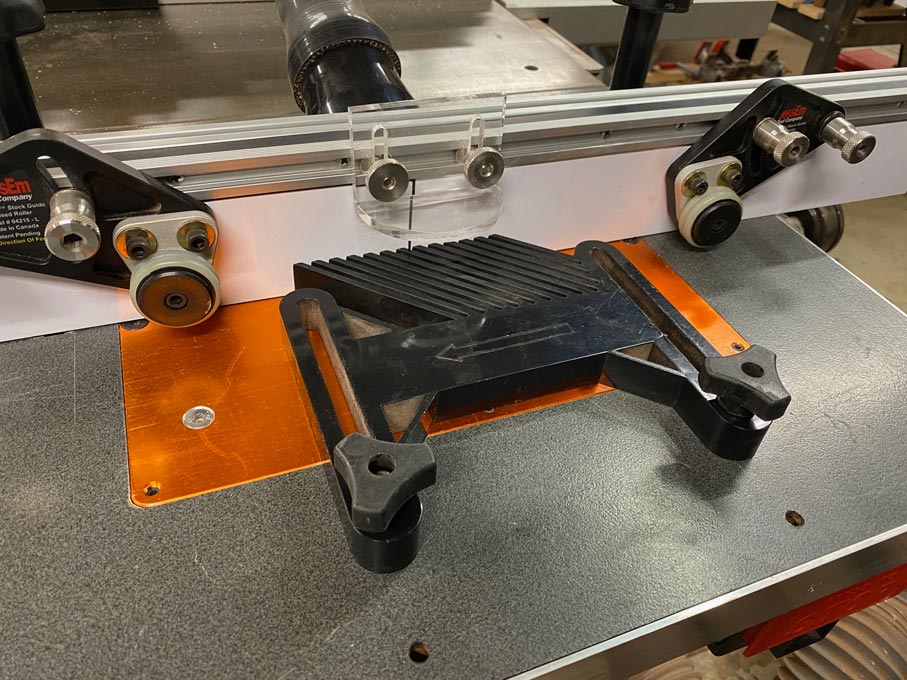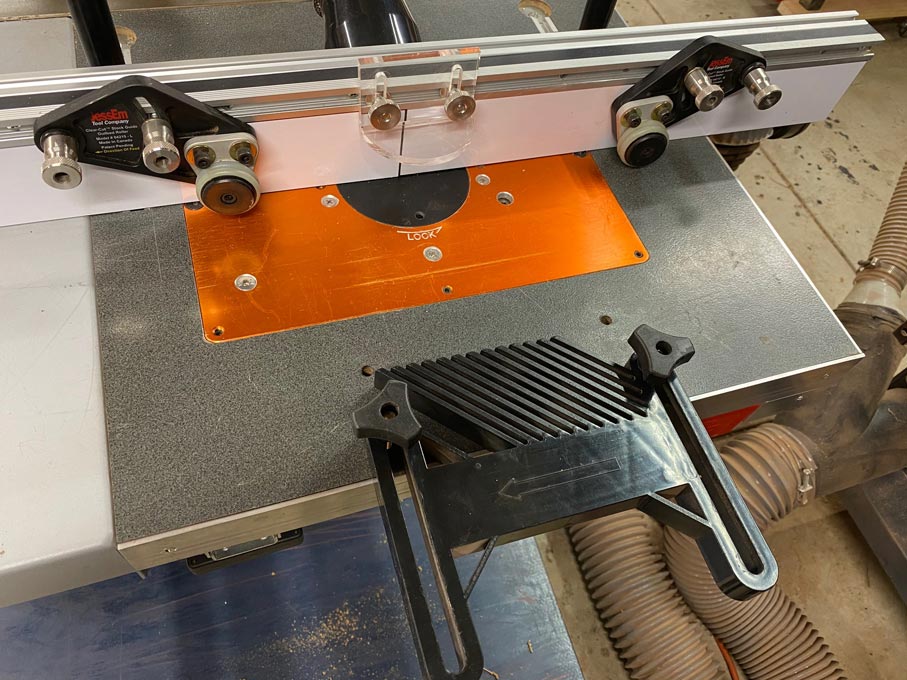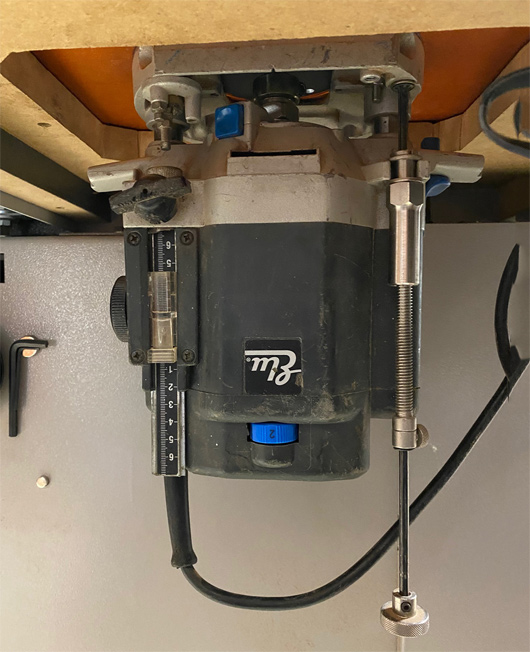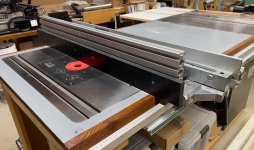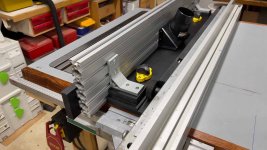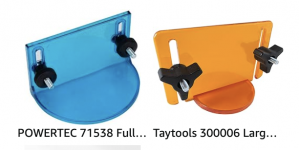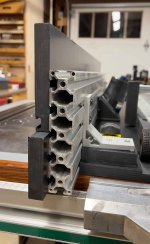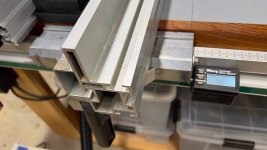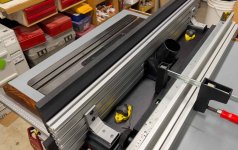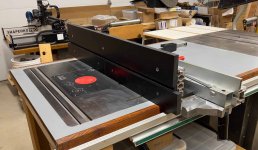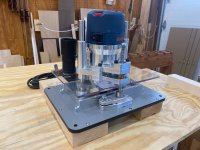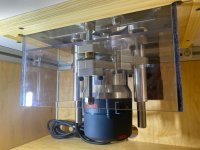smorgasbord
Member
I've been using a shopmade router table fence on my router in a tablesaw extension wing for years, and it's been OK. What I like the most is that it's attached to the other side of my tablesaw fence, which has a Wixey DRO so adjusting it is accurate and repeatable.
But, my shopmade fence doesn't have good dust collection or a facility to add feather boards.
The ones out there including:
• The Incra Wonder Fence (https://www.incrementaltools.com/ProductDetails.asp?ProductCode=WONDERFENCE37 $270 now)
• The Infinity (https://www.infinitytools.com/professional-router-table-fence-accessories $300 + $90 for height extension kit)
• The JessEm (https://www.amazon.com/JessEm-Mast-R-Fence-Router-Table-Fence/dp/B0855JSYYS at $350)
• The Rockler Pro Max (https://www.rockler.com/rockler-router-table-promax-fence at $195).
There are probably others, too. But, a lot of the cost of these fences is their ability to offset infeed and outfeed fences for edge jointing, which I don't need as I have a nice jointer. And I don't need micro-adjusting since I have the Wixey DRO.
I'm thinking of just buying some aluminum extrusions fromhttps://makerstore.cc/product-category/linear-rail/v-slot-linear-rail/ and putting something together with a cut-out for big bits, dust extraction port, and sliding faces for adjustable zero clearance.
Anyone got recommendations on plans or inspiration images/video, or even a recommendation for spending money on a pre-built fence?
But, my shopmade fence doesn't have good dust collection or a facility to add feather boards.
The ones out there including:
• The Incra Wonder Fence (https://www.incrementaltools.com/ProductDetails.asp?ProductCode=WONDERFENCE37 $270 now)
• The Infinity (https://www.infinitytools.com/professional-router-table-fence-accessories $300 + $90 for height extension kit)
• The JessEm (https://www.amazon.com/JessEm-Mast-R-Fence-Router-Table-Fence/dp/B0855JSYYS at $350)
• The Rockler Pro Max (https://www.rockler.com/rockler-router-table-promax-fence at $195).
There are probably others, too. But, a lot of the cost of these fences is their ability to offset infeed and outfeed fences for edge jointing, which I don't need as I have a nice jointer. And I don't need micro-adjusting since I have the Wixey DRO.
I'm thinking of just buying some aluminum extrusions fromhttps://makerstore.cc/product-category/linear-rail/v-slot-linear-rail/ and putting something together with a cut-out for big bits, dust extraction port, and sliding faces for adjustable zero clearance.
Anyone got recommendations on plans or inspiration images/video, or even a recommendation for spending money on a pre-built fence?

